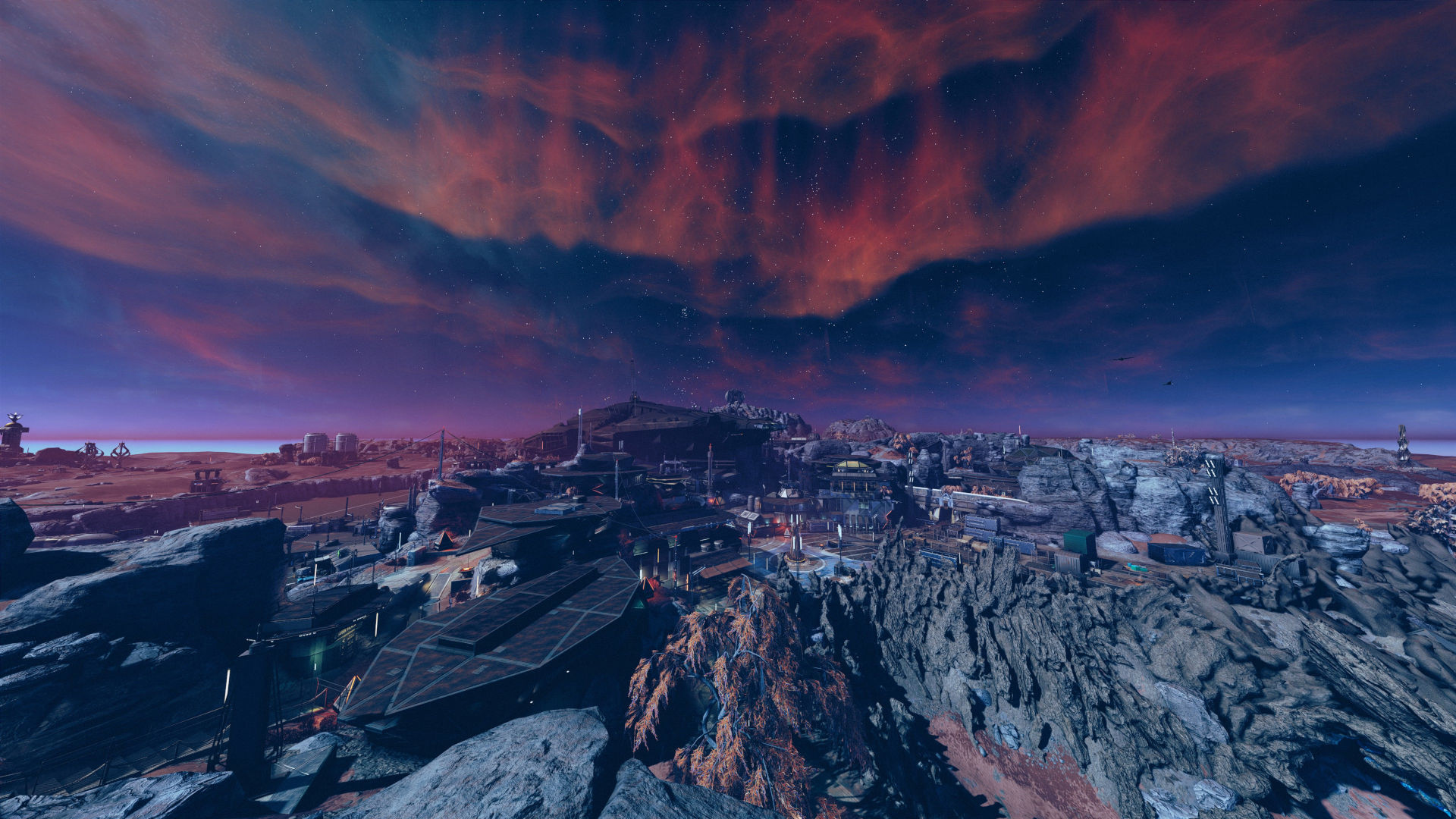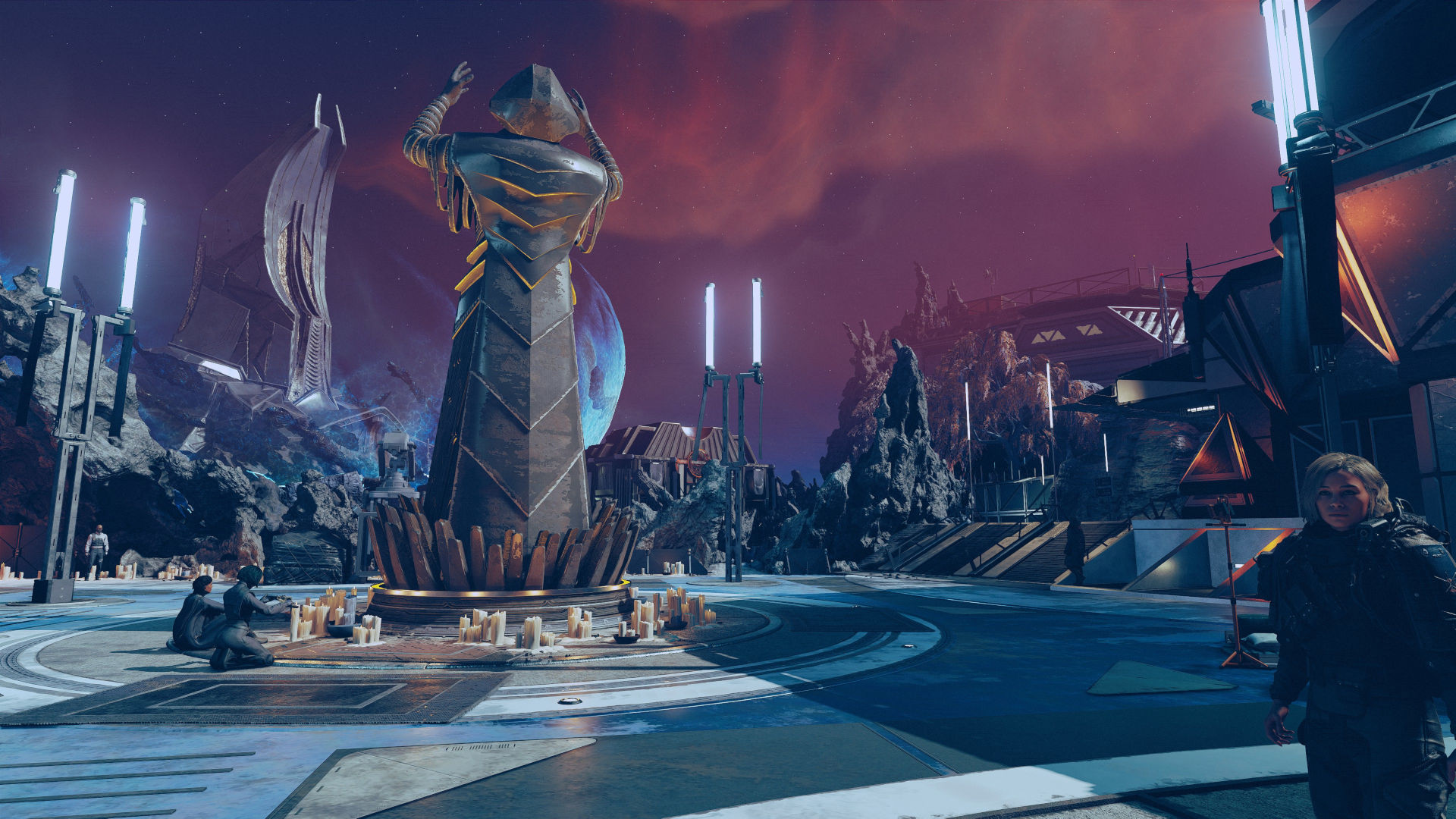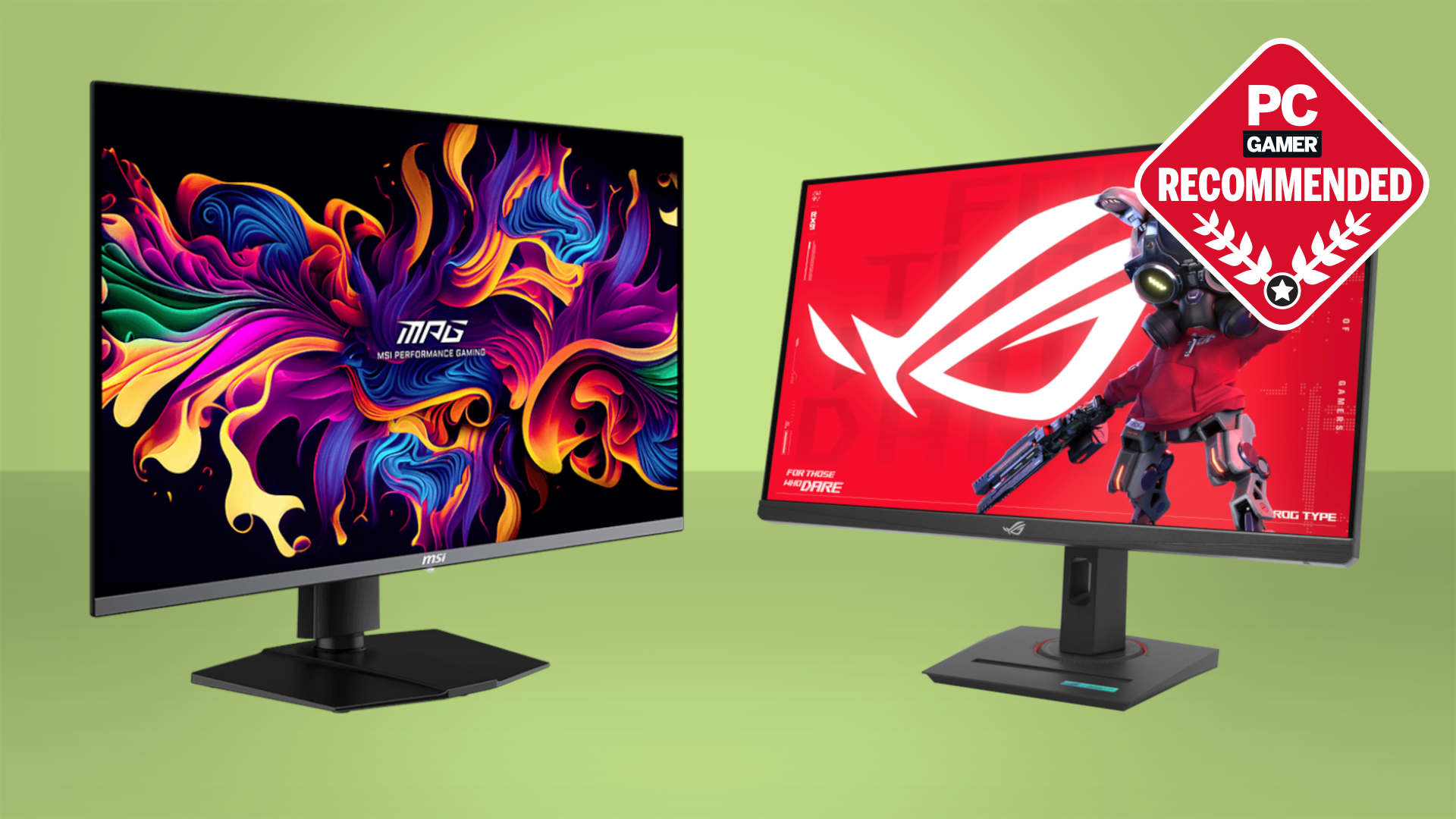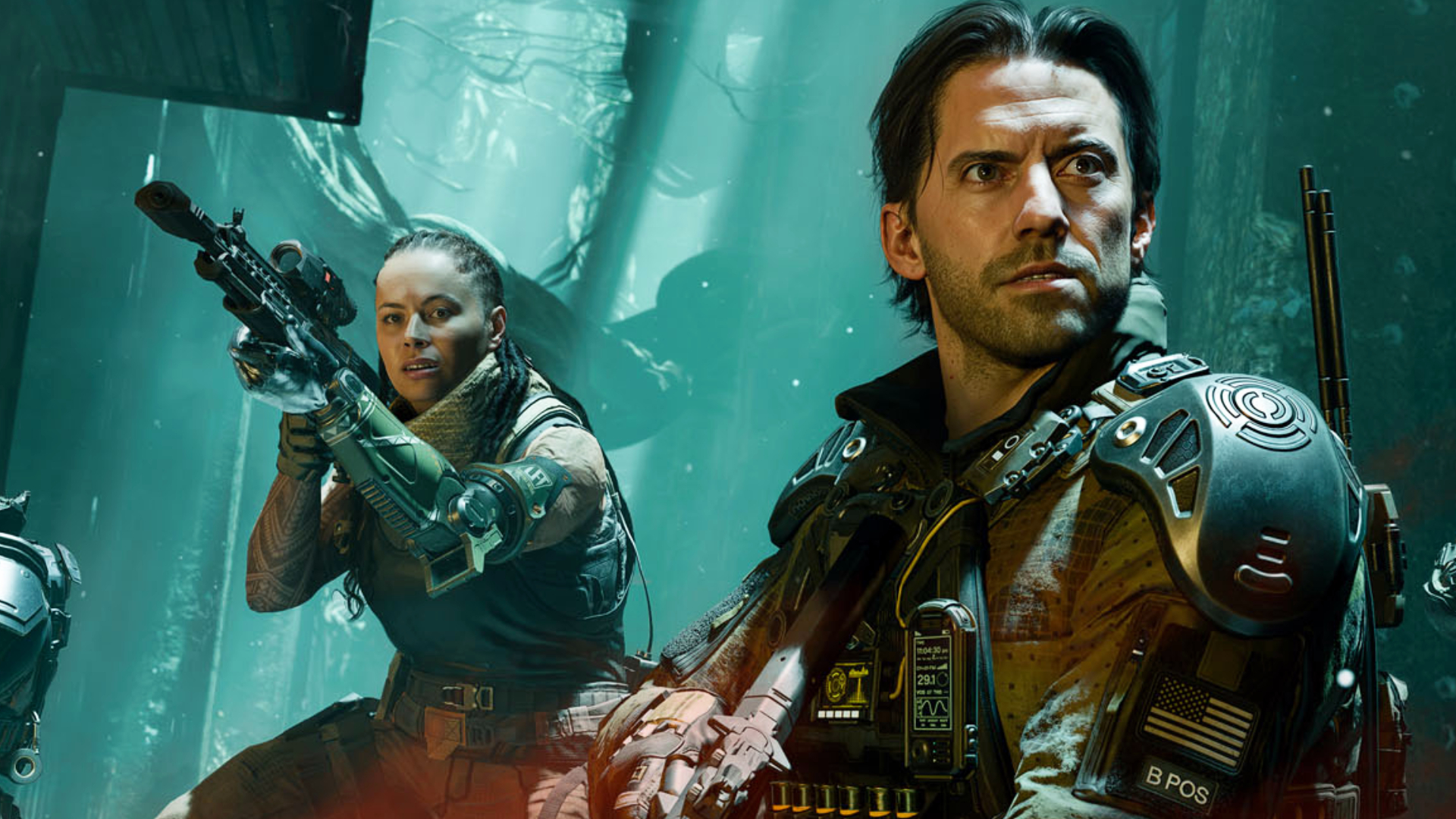Starfield: Shattered Space performance analysis—New DLC, new patch, same old frame rates
It seems that Morrowind was more than just an inspiration for the DLC's design.
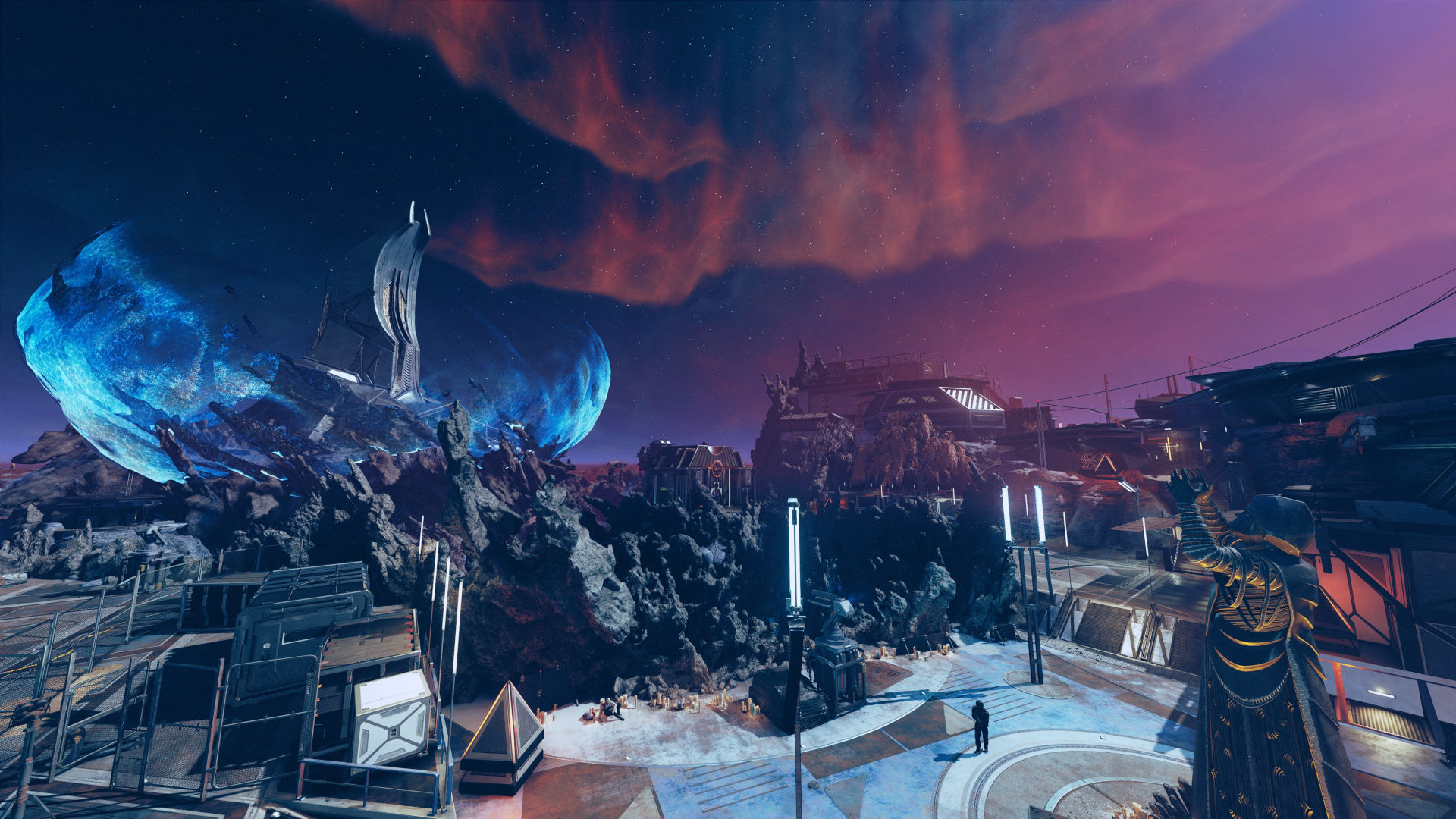
A little over a year ago, Bethesda Game Studios released Starfield, its first new IP since it snapped up the rights to the Fallout series in 2004 (resulting in the 2008 Fallout 3). While the graphics and scale of the game were a notable improvement over previous games, such as Fallout 4 and The Elder Scrolls V: Skyrim, two criticisms were commonly held of Starfield—namely it was boring and the performance wasn't great.
Patches for the latter were slow to arrive and it was the modding community that helped matters first, with mods for swapping FSR upscaling with DLSS being really popular.
Content was another matter entirely, though, and it wasn't until August this year that Rev-8 patch gave us a ground vehicle...and nothing else. Well, now there's a DLC called Shattered Space, with a new location and a series of quests to explore and complete.
Starfield also got a fresh patch with 'general performance improvements and fixes,' so if you're looking to dive back into the game or want to pick up anew, here's what the performance is like in the new DLC.
Native performance
Starfield essentially has three main gameplay zones: Open world in space, open world on the ground, and urban areas replete with endless loading, as you move from section to section. It's the latter that tends to be the most demanding on your gaming PC and regions like Akila City will work your CPU and GPU pretty hard.
To that end, I've taken performance figures in a section of the main urban area in the DLC. Rather than take multiple runs and average them, I've used a single lengthy run, over three minutes in length, because the one positive thing about Starfield's performance is that it's pretty consistent.
For testing, I've used an Asus ROG Ally, an Acer RTX 4050 gaming laptop, and three desktop configurations, with a variety of graphics cards. Bethesda's minimum system requirements are somewhat vague in places—'AMD Ryzen 5' for the CPU—but it demands a Radeon RX 5700 or GeForce GTX 1070 Ti for the GPU.
Keep up to date with the most important stories and the best deals, as picked by the PC Gamer team.
There are four quality presets for the graphics options, and we'll look at those in detail shortly, but the one thing to note about Starfield is that all of the rendering techniques are very traditional. That makes it pretty heavy going once the pixel count is high but at 1080p, Starfield is quite CPU-limited.
As you can see in the above results, all of the high-end setups have no problem running at this resolution, but you might be surprised to see that even with low graphics applied, the frame rate isn't super high. It's perfectly playable like this, of course, as Starfield isn't a twitchy, ultra-fast game.
However, compared to Akila City, the DLC's new location is quite sparsely detailed and populated. There's no obvious reason for the relatively low performance—it won't push past 100 fps just staring at a blank wall, for example.
It's a shame that Starfield isn't playable at 1080p Low on the ROG Ally, although it was okay on the RTX 4050 laptop. Not great but not bad, either.
The handheld gaming PC and laptop only have 1080p screens, hence why they've been dropped for the 1440p testing. At this resolution, Starfield becomes GPU-limited (except for the RTX 4080 Super PC) and the performance on the mid-range setups falls below 60 fps.
It's not a major problem, thanks to the overall pace of the game, but one thing does become more prevalent at this graphics level, and it's stuttering. It's not a shader compilation issue, fortunately, and it's more about traversal stutter, where new assets are loaded as you move about.
All bar one of the cards used have more than 8 GB of VRAM so the hitching isn't a memory-related problem, simply a case of Bethesda's engine just doing its thing.
Despite Starfield being around for a full year now, it's clear that Intel's GPU architecture just doesn't like the game at all. At 1440p, the Arc A770 massively struggles and the performance results don't show the full picture of how glitchy and stuttery it is.
4K gaming, especially at native resolution, is the preserve of high-end GPUs but the RTX 4070 and RX 7800 XT cope fairly well. But if you want to be playing Starfield at this resolution, you really need to use upscaling to take some of the pixel load off the graphics card and give it more breathing space.
Going back to the point about Starfield's being quite demanding on the CPU, the game typically runs with four heavy threads, plus another four threads that are medium in load. The Ryzen 9 9950X and Core i7 14700KF cope perfectly well with this (as you'd expect!), and so does the Ryzen 5 5600X—however, over the sampling period, all 12 threads were being utilised quite heavily (between 50% and 65%).
This is important to note because the one thing upscaling can't do is produce more performance than the absolute base minimum. The figures one gets at 1080p Low are the very highest one will achieve and no amount of upscaling will fix that.
Frame generation, on the other hand, can make quite a difference.
Upscaling performance
Starfield offers the full gamut of upscaling systems (AMD's FSR, Intel's XeSS, and Nvidia's DLSS) but none of them are the latest versions. For example, DLSS 3.5 is used for upscaling and frame generation, and FSR is just 3.0—that means you're not getting the best AMD upscaler and you can't enable FSR frame generation with DLSS or XeSS upscaling.
So for Intel Arc owners, you'll need to use FSR rather than XeSS, if you want to employ frame generation to make things more enjoyable. That's a problem because out of the three systems, FSR is the weakest visually.
Upscaling alone doesn't particularly help the ROG Ally, RTX 4050 laptop, or Arc A770 unfortunately. There's just too much going on in the engine for those systems to cope with but one can see that frame generation saves the day for the handheld and laptop.
It comes with a hefty price, though, and it's input lag. On the ROG Ally, it's awful and makes the game feel like it's wading through a vat of treacle, but it's just about okay on the RTX 4050 machine—stick to DLSS Quality mode with frame gen, and the lag's acceptable enough. Play with a controller and it's barely noticeable.
Frame gen is best employed on more powerful gaming PCs but it's not the preserve of the really expensive ones. The Ryzen 5 5600X and Radeon RX 5700 XT combination worked really well with FSR Quality mode and frame gen, producing silky smooth frame rates and very little input lag.
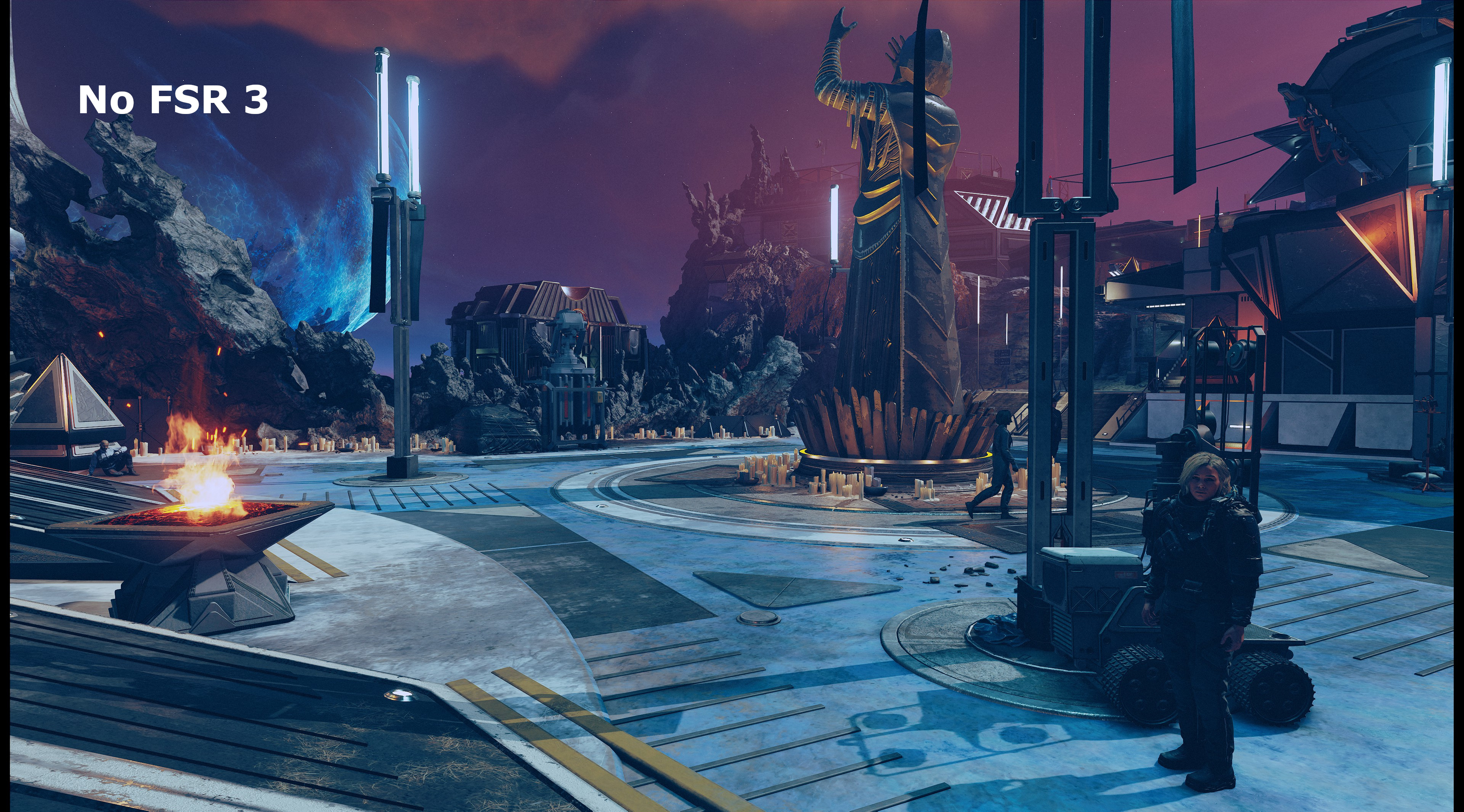
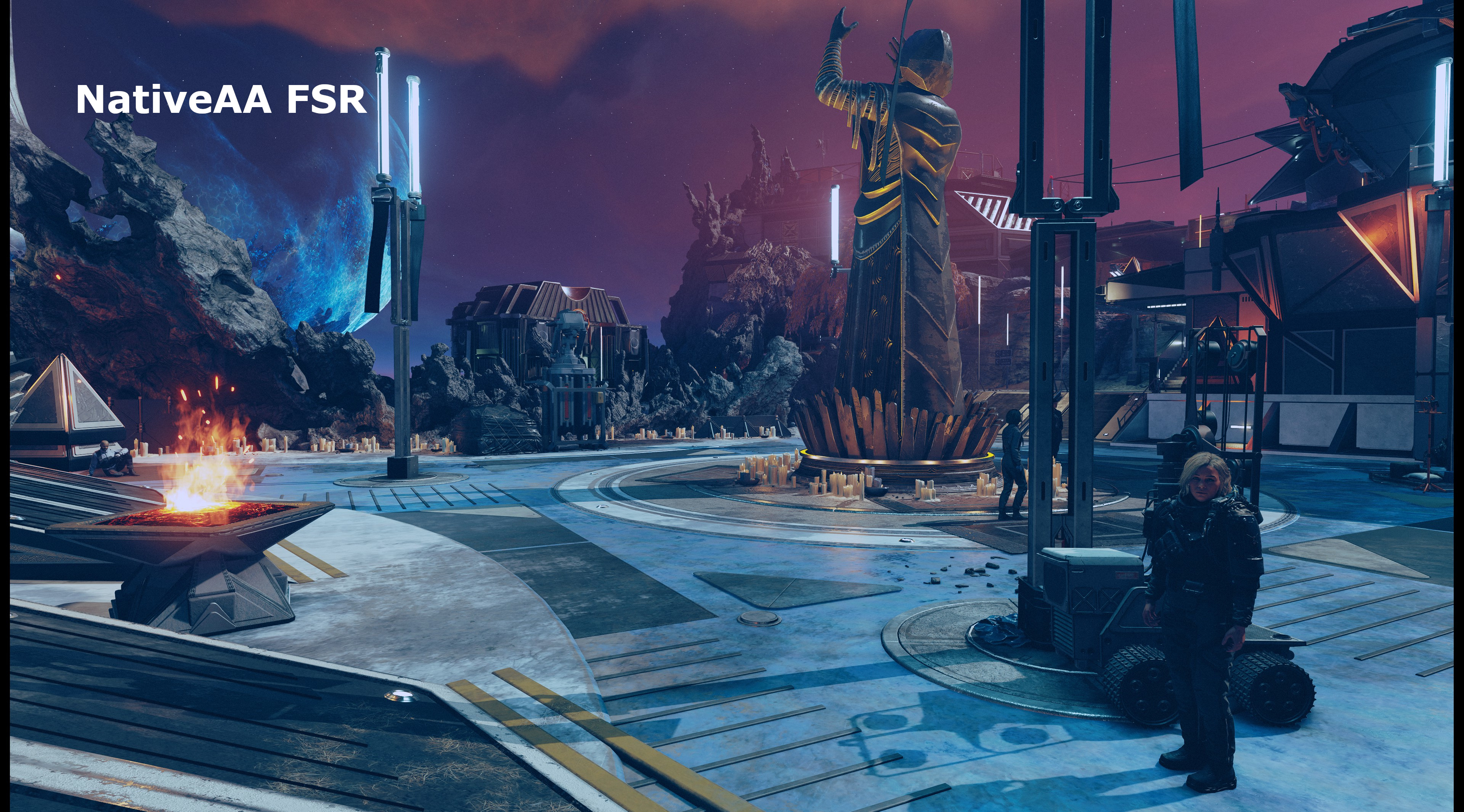
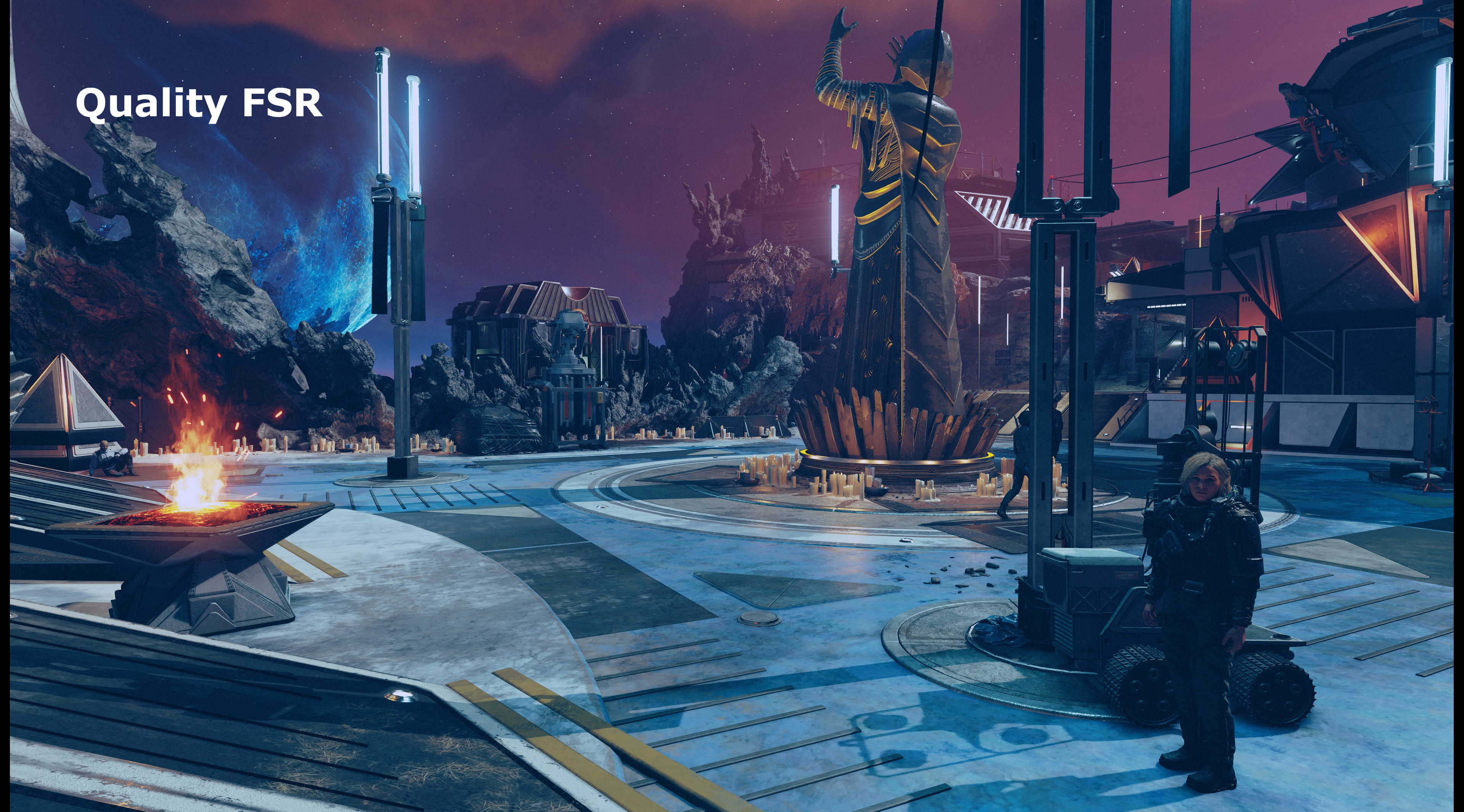
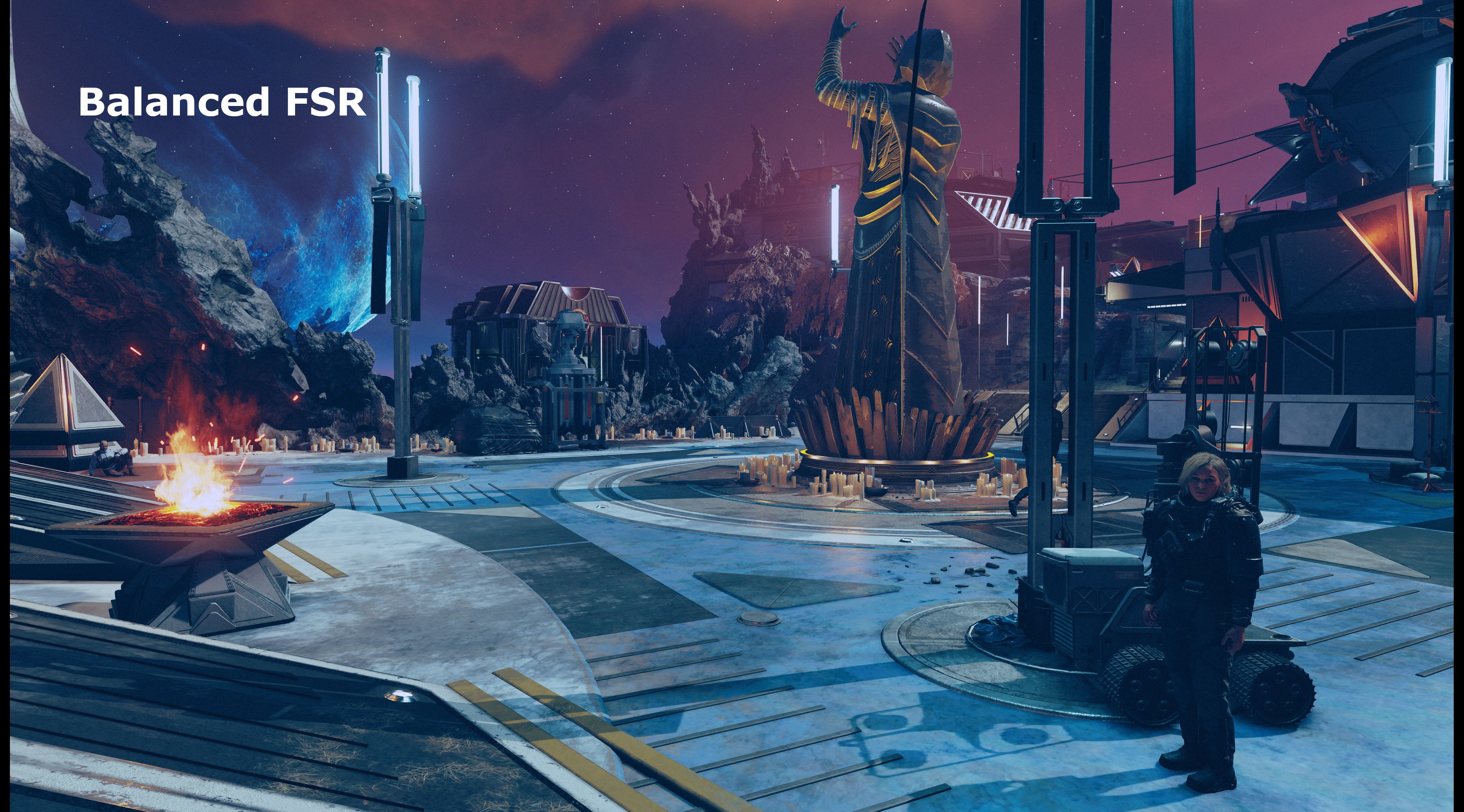
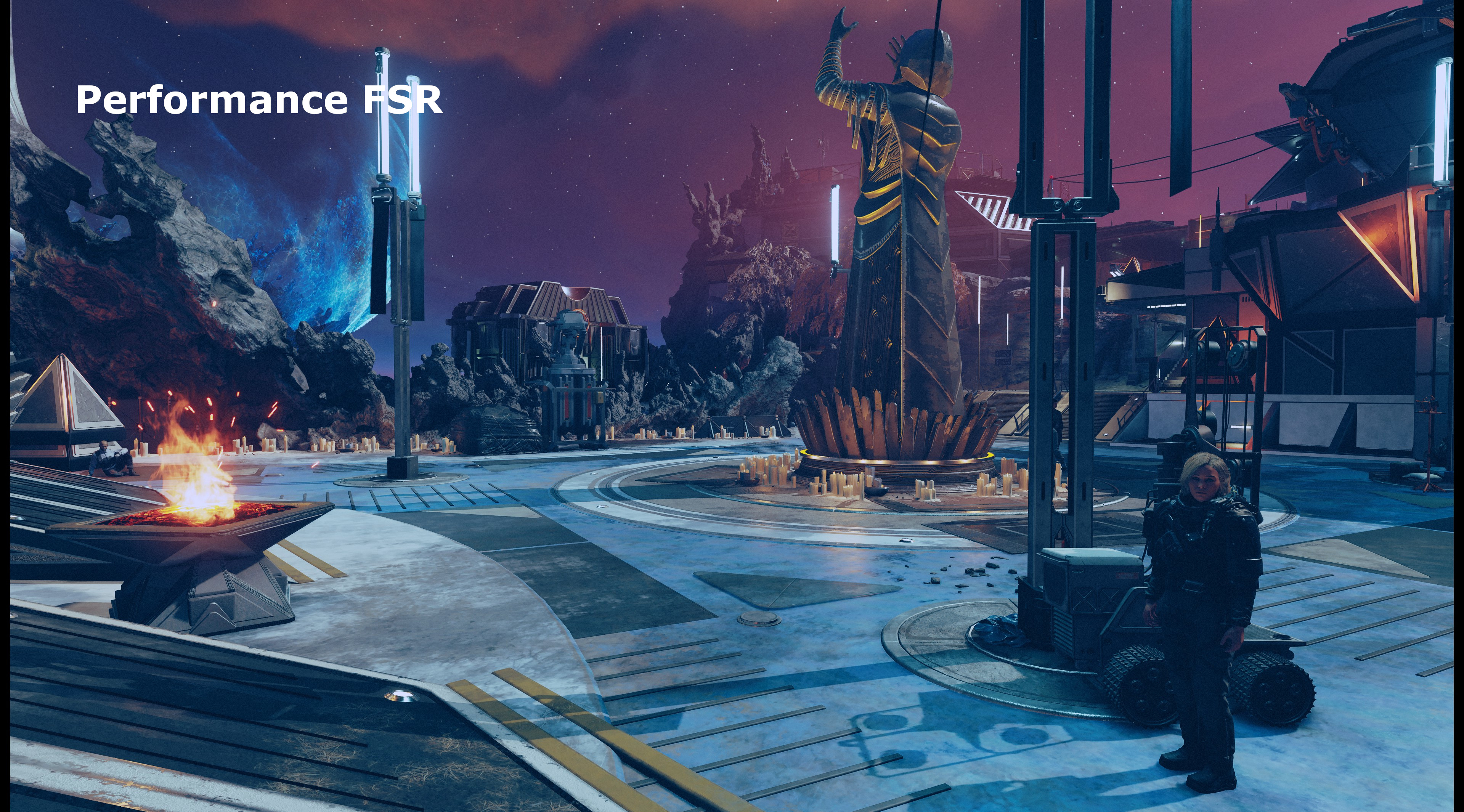
In terms of the quality of the upscaling, it's a case of DLSS > XeSS > FSR. The latter induces quite a bit of pixel crawling along vertical edges at lower resolutions and dropping the render scale right down makes background objects, such as moons and stars, look somewhat odd.
Static images can't really showcase how good DLSS and FSR frame generation is but to my eyes, it's pretty good. Again, Nvidia's system produces nicer-looking results than AMD's but there isn't a big difference between them.
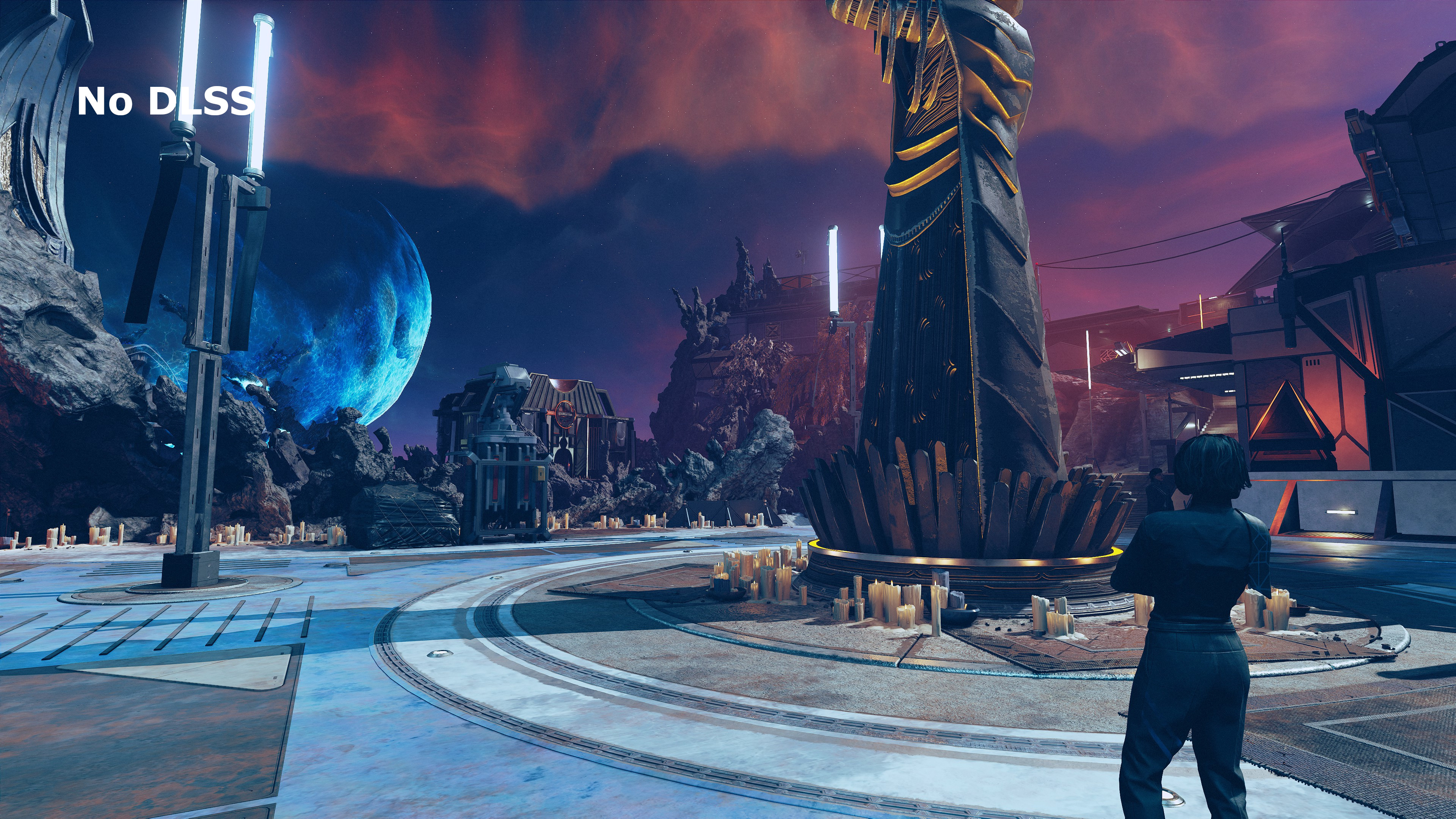
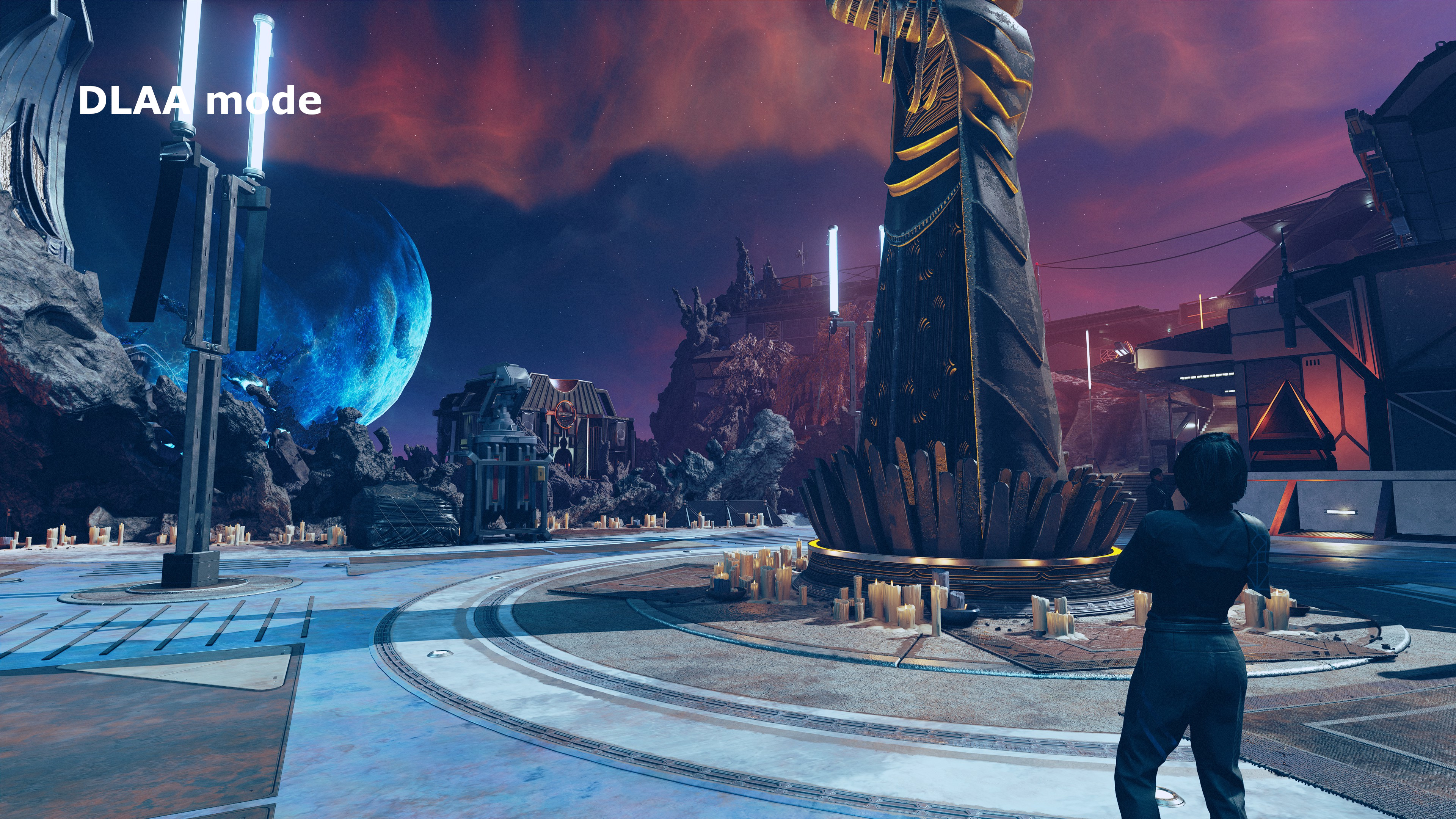
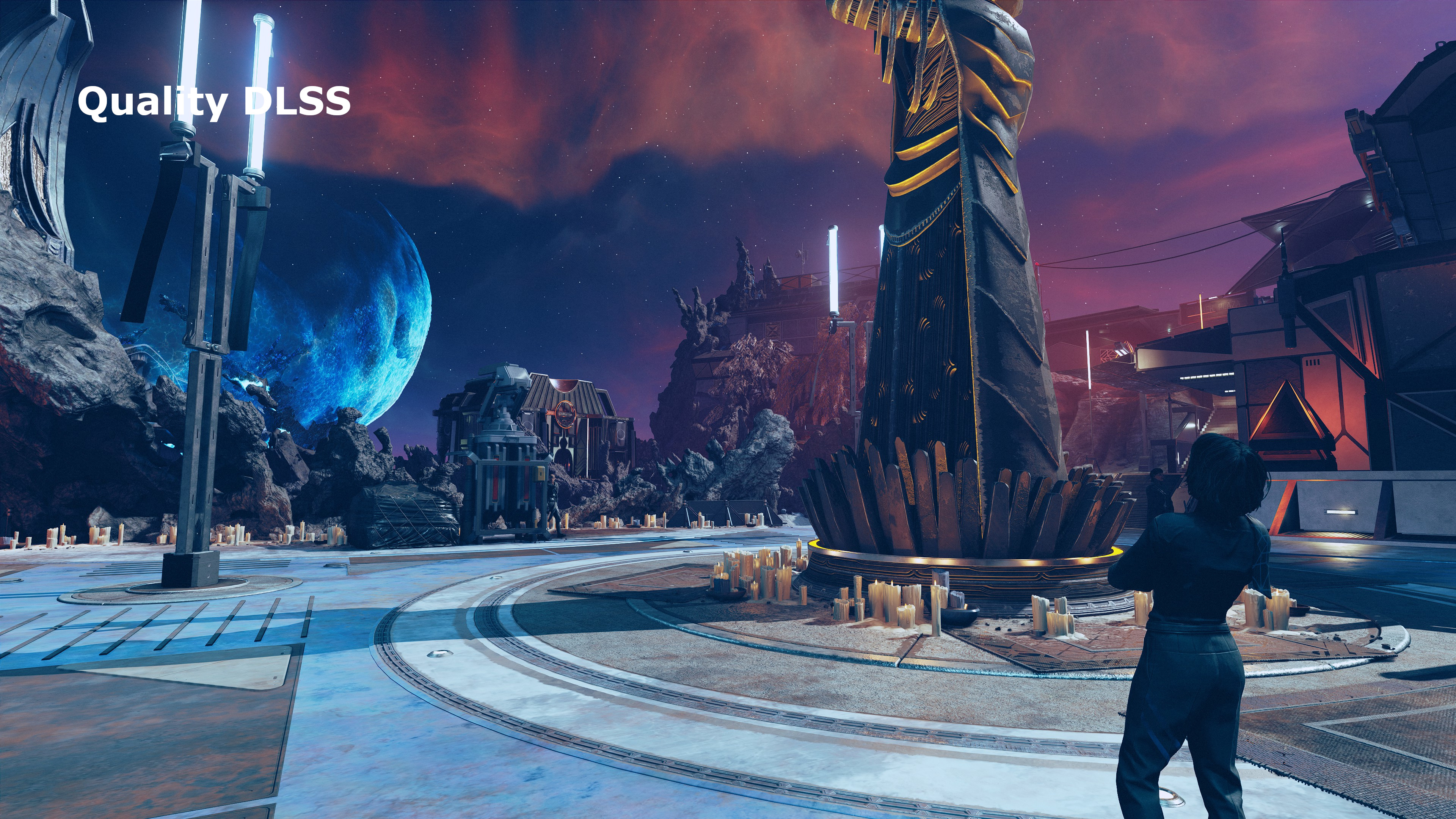
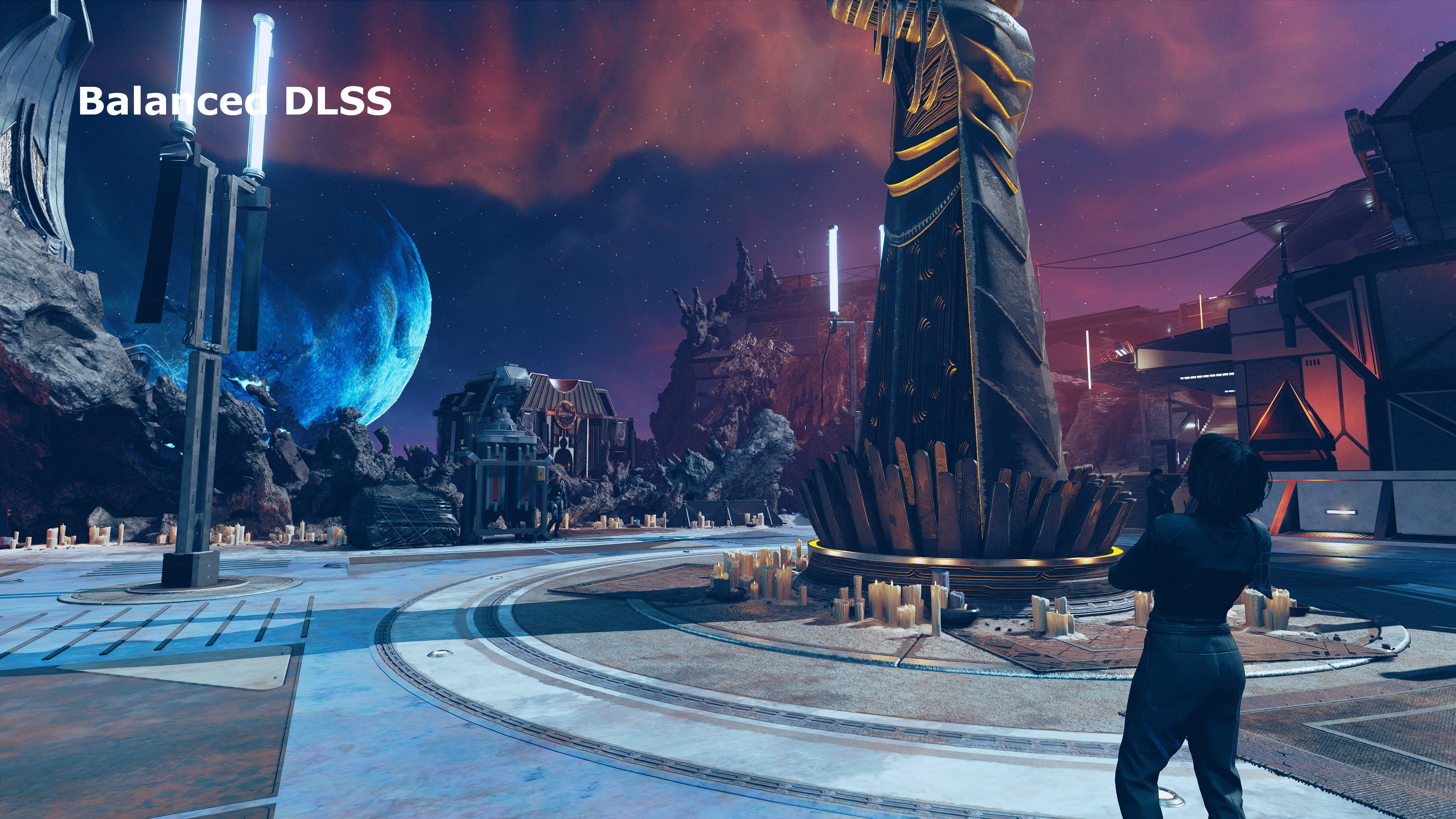
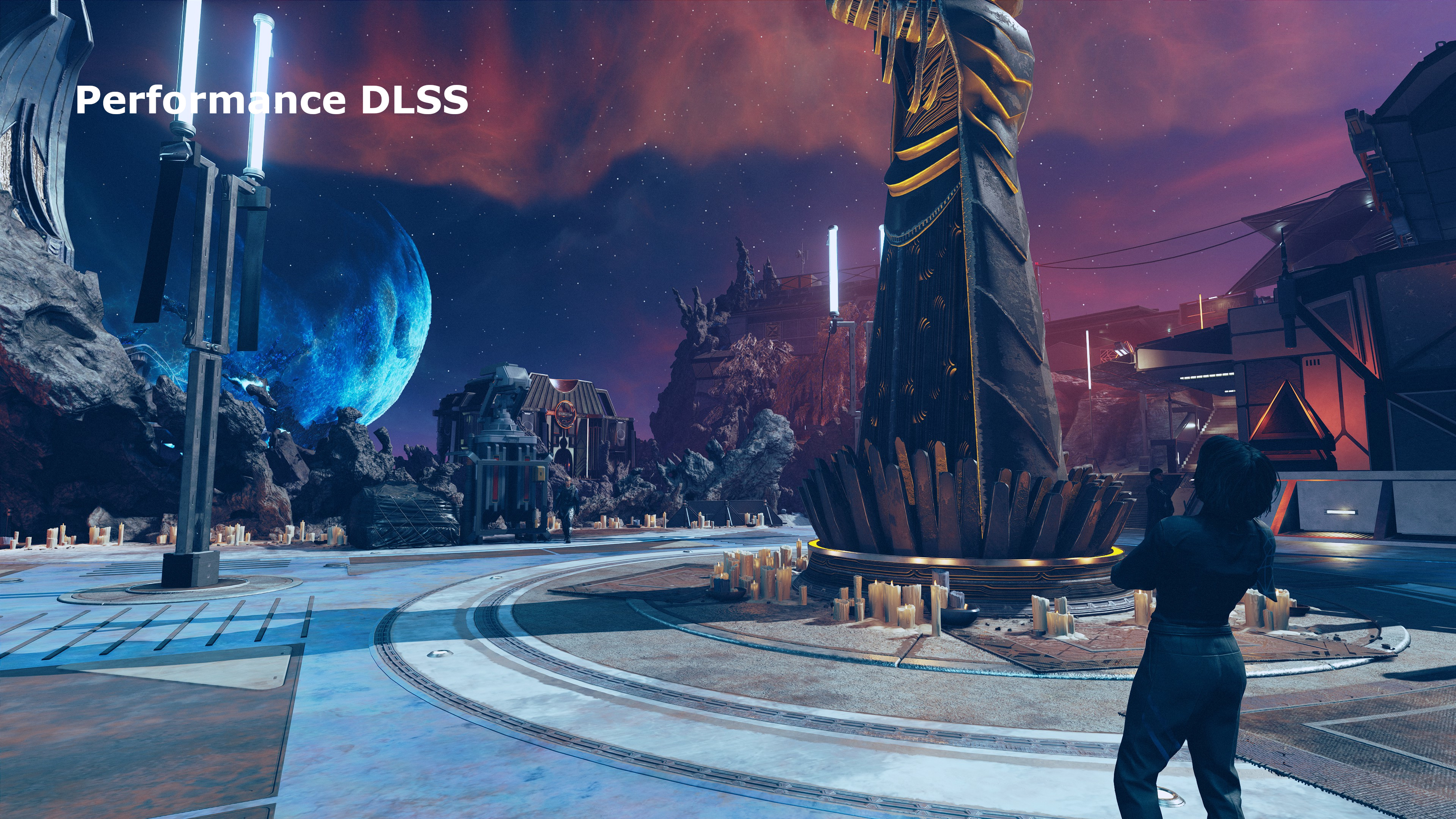
One annoyance is that FSR is automatically applied whenever you use one of the graphics preset options, irrespective of what GPU you have in your gaming PC. All of the upscalers produce a much better anti-aliasing effect than the native system but it's a trivial task to have the engine use the most appropriate upscaler.
Quality presets and settings
For the best performance and graphics balance on most gaming PCs, use the Medium or High preset and then turn down these settings:
- Shadow Quality
- Volumetric Lighting
- GTAO Quality
As mentioned, you've got four graphics preset options to choose from (interestingly, there's a script for an Ultra Low option but it's not used) and there is a wealth of other options to play around with to get the ideal performance, though the above three make the biggest difference.
| Quality settings | Low | Medium | High | Ultra |
|---|---|---|---|---|
| Shadow Quality | Low | Medium | High | Ultra |
| Indirect Lighting | Low | Medium | High | Ultra |
| Reflections | Low | Medium | High | Ultra |
| Particle Quality | Low | Medium | High | High |
| Volumetric Lighting | Low | Medium | High | Ultra |
| Crowd Density | Low | Medium | High | High |
| Motion Blur | Low | Medium | High | Ultra |
| GTAO Quality | Low | Medium | High | Ultra |
| Grass Quality | Low | Medium | High | Ultra |
| Contact Shadows | Low | Medium | High | Ultra |
| Anisotropic Filtering | 1x | 4x | 8x | 16x |
| All Layers Use Anisotropic | Off | Off | On | On |
The biggest performance change comes from switching between Low and Medium, and it also produces the most noticeable difference in graphics quality. Medium to High, and High to Ultra, only improves things subtly but at least there's no massive drop in the frame rate as you increase the graphics quality.
Obviously, that does depend on what GPU you have, but in general, if your PC copes well enough at Medium settings, it'll be fine to use High and so on. It all comes down to personal preference.
I've found that the most demanding settings are Shadow Quality, Volumetric Lighting, and GTAO Quality. They're also the ones that make the biggest difference to the overall graphics but if you don't mind things not looking 100% perfect, then knock these three down a level or two, if you're hunting for a higher frame rate.
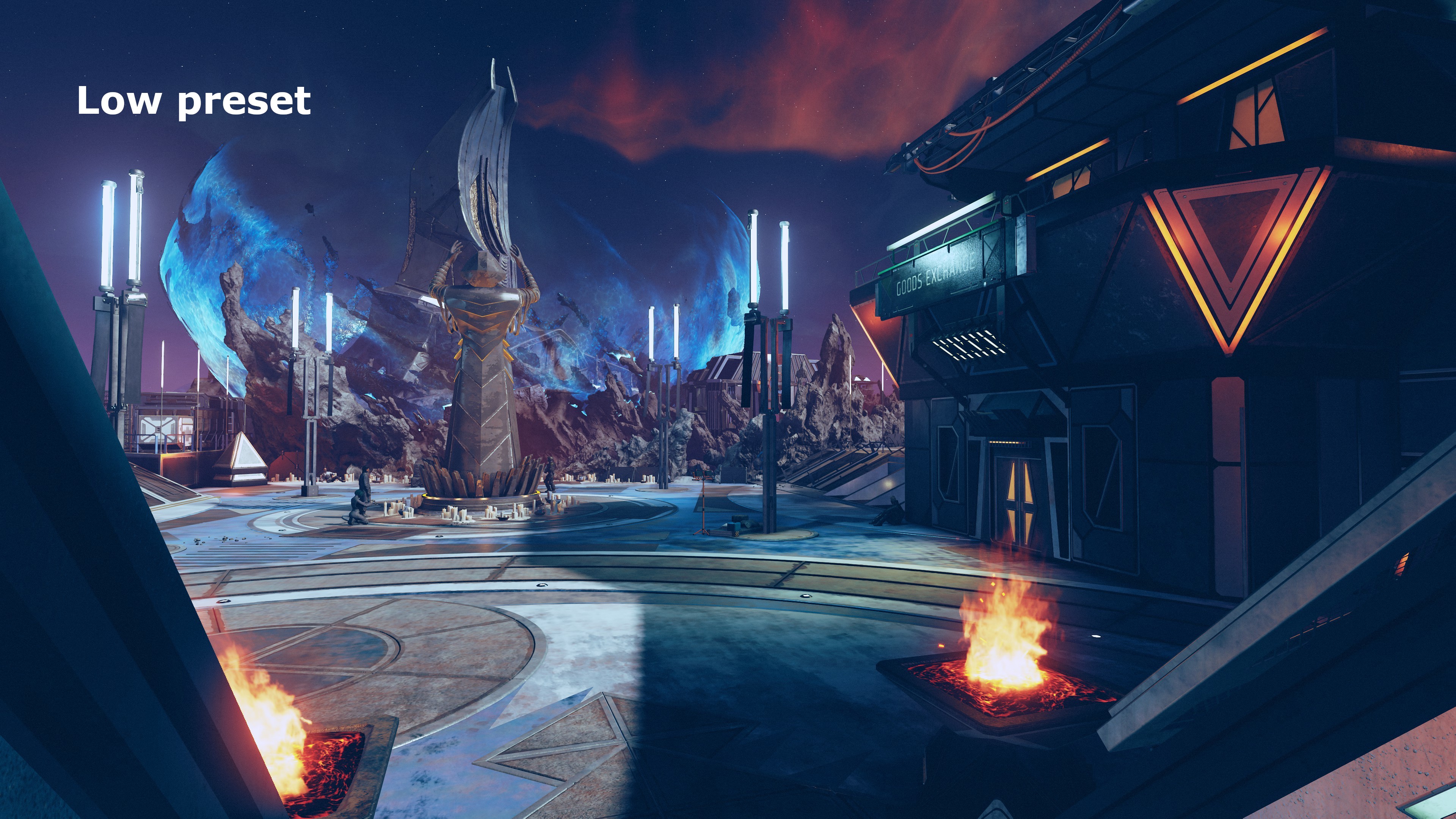
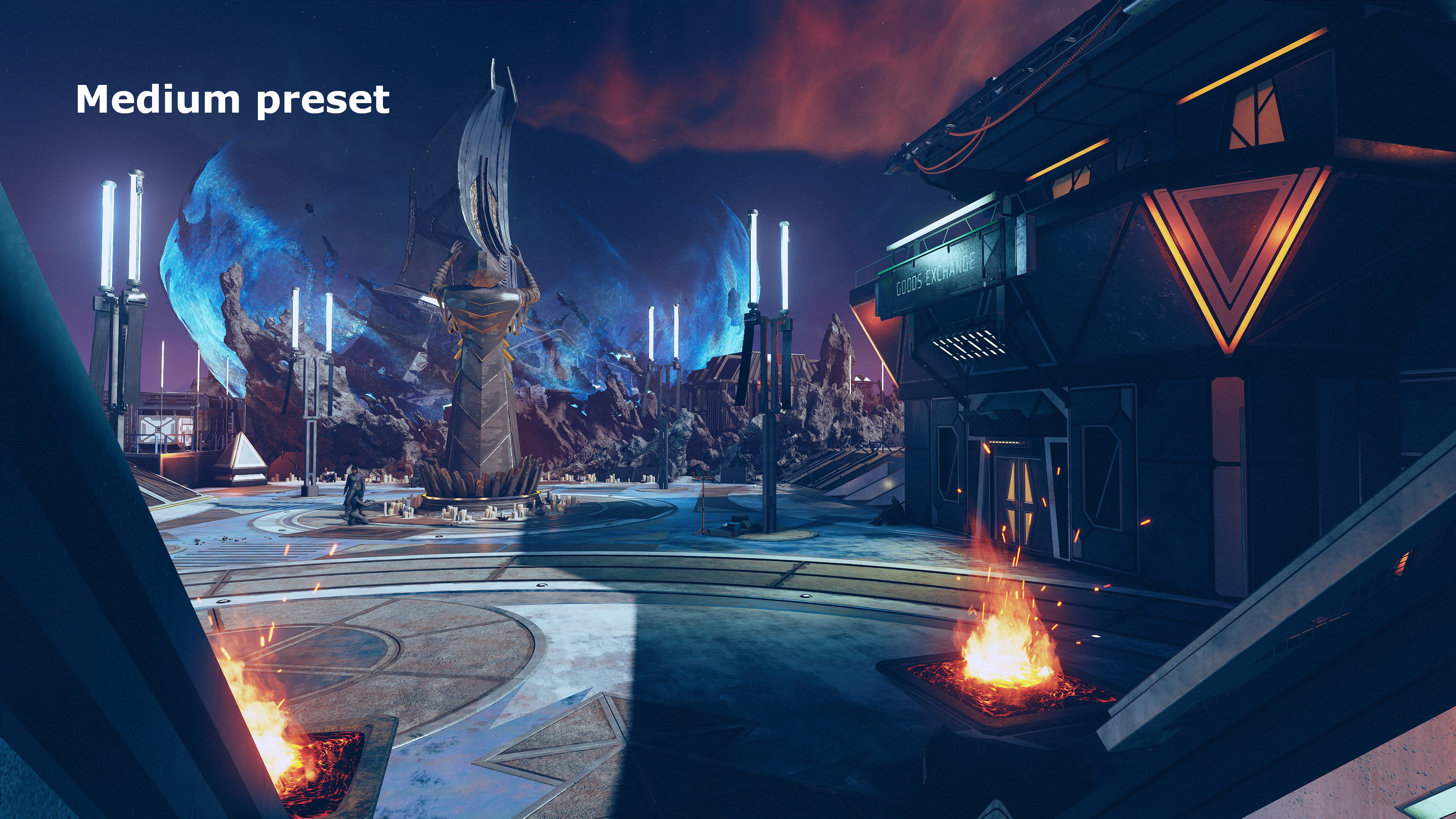
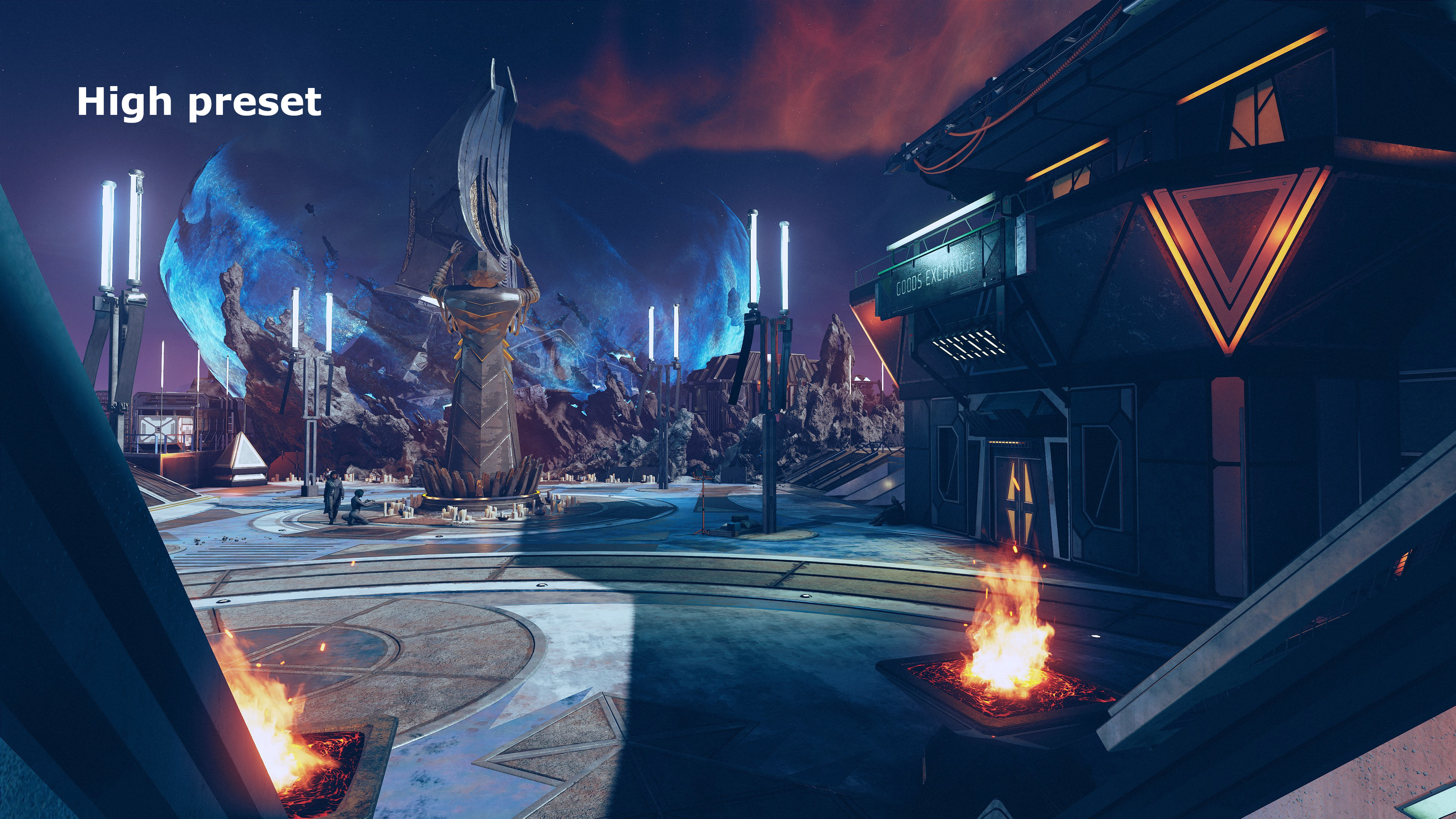
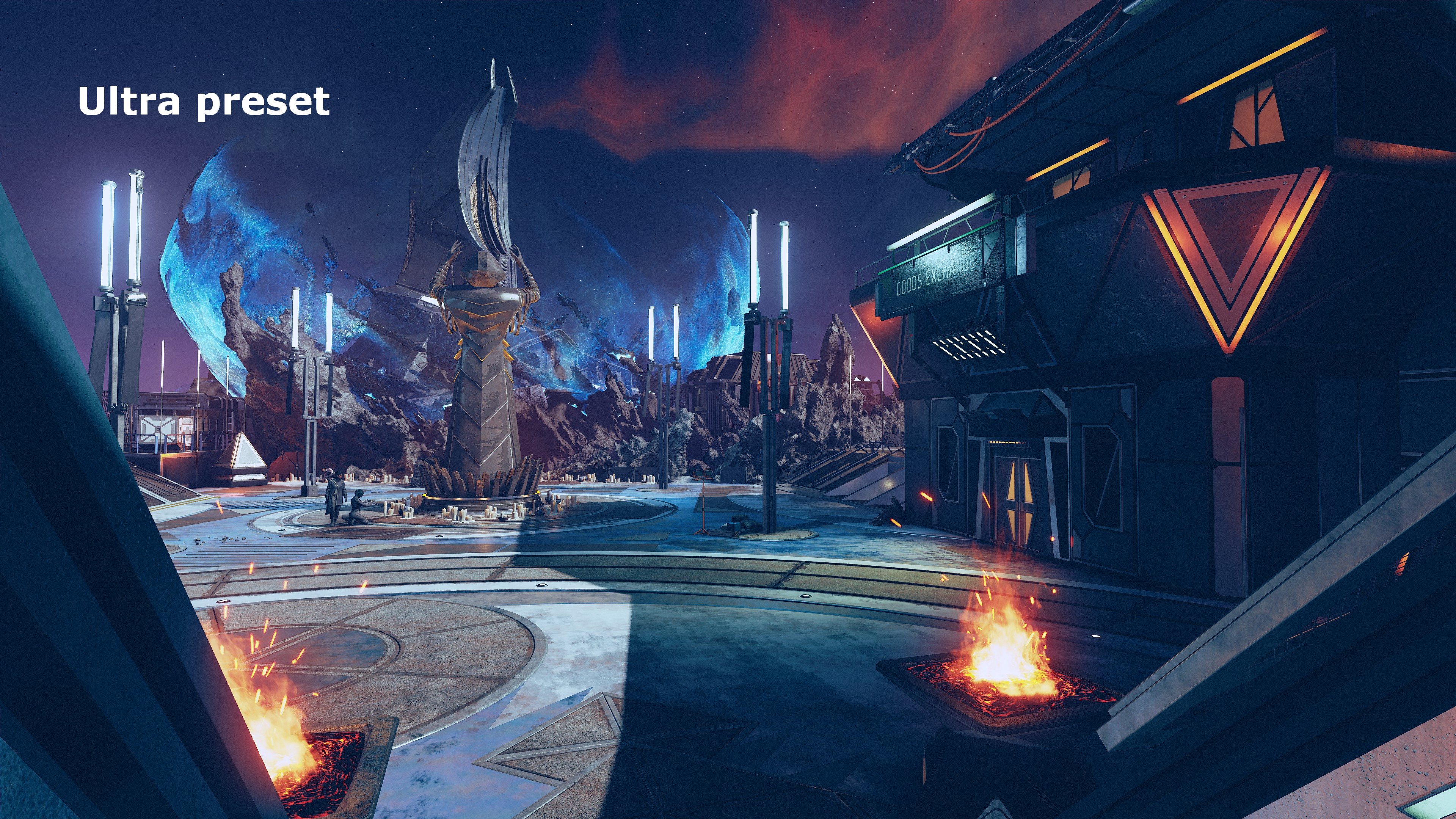
Overall, while Starfield's performance is considerably better than what it was like at launch, it's still not brilliant. It's serviceable enough and if you've played the game on a console, it's markedly better, but given what's going on in the world around you, the visuals don't quite justify the frame rates.
This is especially true of the new DLC where one is left to wonder just what the heck the engine is doing to result in sub-60 fps figures when there are only a handful of NPCs aimlessly wandering about in a lacklustre landscape.
Shattered Space may well have been inspired by the design and themes of Morrowind, but it seems that Bethesda has taken the inspiration a little too far and given us a bit too much old-school performance, too.

Nick, gaming, and computers all first met in the early 1980s. After leaving university, he became a physics and IT teacher and started writing about tech in the late 1990s. That resulted in him working with MadOnion to write the help files for 3DMark and PCMark. After a short stint working at Beyond3D.com, Nick joined Futuremark (MadOnion rebranded) full-time, as editor-in-chief for its PC gaming section, YouGamers. After the site shutdown, he became an engineering and computing lecturer for many years, but missed the writing bug. Cue four years at TechSpot.com covering everything and anything to do with tech and PCs. He freely admits to being far too obsessed with GPUs and open-world grindy RPGs, but who isn't these days?
